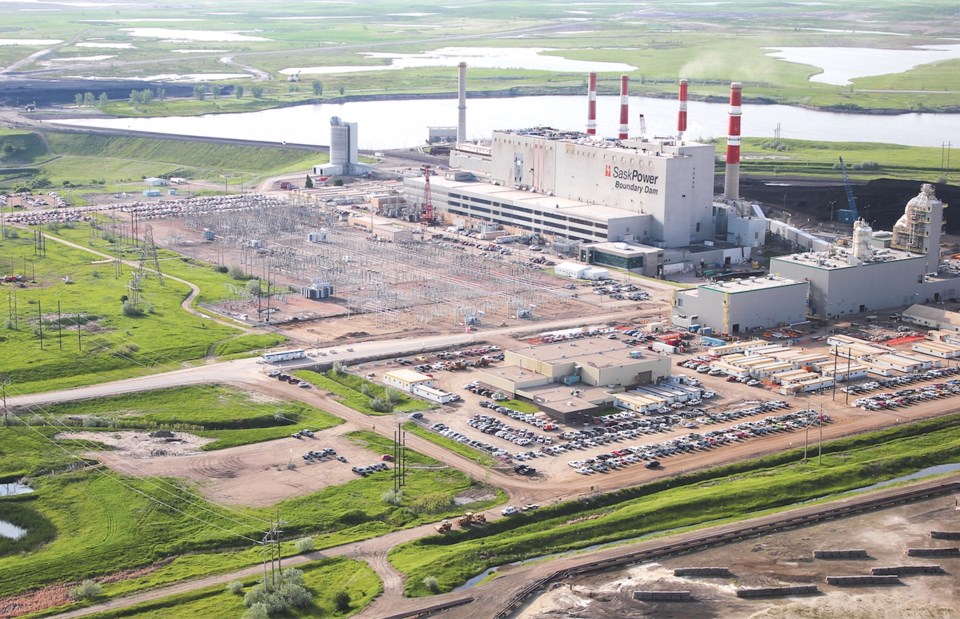The milestones are being reached more rapidly, but it doesn't make them any less impressive.
The carbon capture and storage facility at SaskPower's Boundary Dam Power Station has now captured over six million tonnes of carbon dioxide (CO2) since coming online in October 2014, according to the latest quarterly report issued by SaskPower last week.
Boundary Dam cleared the five million tonne threshold in early January 2023 and reached six million tonnes on March 22, a span of about 14 1/2 months. To put it in perspective, it took roughly 99 months to get to the first five million tonnes of CO2.
It's a reflection of the improvements that SaskPower has made on the world-leading CCS project and the potential of CCS.
It hasn't always been easy for CCS at Boundary Dam. Then again, it's never easy when you try to change the world. The CCS project has had the ups and downs of a roller coaster.
There were the early days when CCS was the darling of energy and technology groups around the world, but the technology was constantly struggling to remain online, creating all sorts of ammunition for critics.
In 2016, the facility actually had its best year to date, keeping 792,809 tonnes of CO2 from entering the Earth's atmosphere. It appeared the record would fall in 2018, thanks to a sensational opening quarter, but then a freak June storm hit the Estevan area and knocked Unit 3 offline for months. When Unit 3 is down, CCS goes down with it.
(You can criticize Boundary Dam for its early production woes, but if you need to use a severe thunderstorm, you're reaching).
In the second half of 2021 and into early 2022, there were prolonged outages that kept the CCS facility offline. But since returning to service in early 2022, it's been prolific, capturing 749,035 tonnes in 2022 and 786,540 more last year.
In addition to clearing six million tonnes of CO2 in March, the CCS facility had its best three-month performance yet to open 2023, capturing 240,515 tonnes and eclipsing the previous record of 229,000 tonnes set in 2018.
Boundary Dam checked every possible performance box in that first quarter, from time spent online to emissions intensity. Even the connected sulphuric acid plant put up stellar numbers for the first three months.
Those who were hoping that Boundary Dam would spawn the use of CCS in other coal-fired generating stations were disappointed. Right now, it remains a global stand-alone. A technological marvel that has ultimately proven itself reliable and proficient in the fight against climate change, but it remains the only one of its kind in the world.
SaskPower still gets global interest and requests for tours from those who want to see it, but nobody has stepped forward to replicate it.
We hear people talk about the role that CCS can play in creating a greener world. Elon Musk is among its proponents. We heard about its potential for natural gas power generation and a variety of industries.
We'd like to see it applied to the Shand Power Station and Unit 6 at Boundary Dam, but the present federal government has staunchly called for zero-emission power sources by 2035. As long as that stance exists, CCS won't be getting the green light from the feds for power generation, no matter how much SaskPower is able to prove the technology, and regardless of the business case for the technology.
We should be very proud and supportive of what has been happening in our backyard, and we should remain proud to be a community that has coal as one of its resources. After all, it's created employment and opportunities for so many.
It would be sad if Boundary Dam's successes don't get to be replicated elsewhere.

